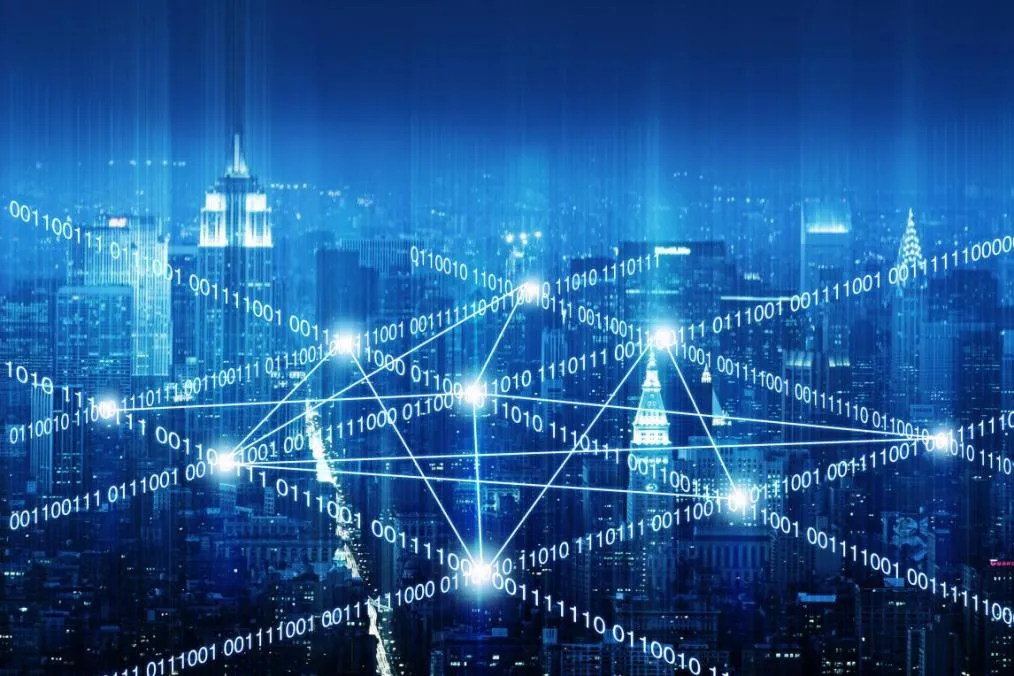After the coronavirus, every aspect of the supply chain has changed. This article outlines the future of the supply chain in terms of current supply chain trends and the latest technologies.
Localization
After the coronavirus, the global supply chain will be more flexible. Before the coronavirus, a large part of the production factories were concentrated in China, while in recent years, more and more factories have shifted to Vietnam, India, and Mexico.
First, establishing different factories in different regions can share the risk and ensure the diversification of supply. When one of the regions cannot supply properly, other regions can increase the production volume to supplement the gap. Secondly, localization does not mean that the supply chain is built locally but is built in regions that can be controlled and respond to demand in a shorter time. Data shows that in 2021, U.S. manufacturers purchased chemicals, production and construction materials and other goods from Mexico suppliers are six times more than in 2020.
Green Supply
As people become more and more concerned about environmental changes, the concept of sustainable development is increasingly applied in the supply chain, which is reflected in the low-carbon transportation process, reduce waste in the production process, which must be mentioned is the concept of lean supply chain, lean supply chain is originated from the Japanese Toyota Motor Corporation just-in-time production of a supply chain management ideas, from the concept of lean production metamorphosis, Lean production is the application of lean thinking in supply chain management. Its core is the pursuit of eliminating all waste, including inventory, and creating as much value as possible with as few resources as possible. Eliminating waste not only helps reduce the pressures faced by manufacturers under current social and economic conditions, but also makes the process more efficient and saves businesses money in the long run.
The other side of the green is also reflected in the use of CSR (Citizen Social Responsbility) and ESG (Environmental, Social, and Governance) concepts, both of which guide companies in the direction of sustainable development. More and more companies are taking these two metrics into consideration seriously
AI Decision
CHATGPT is very popular this year and people are amazed that it gives what can be called the perfect answer to our problems. If this technology is applied in the future supply chain, it can effectively avoid the negative effects of human factors and because they are self-learning, they can learn to solve the problems they may face in the presence of increasingly complex situations.
Since they are guided by data for decision-making, AI can automatically analyze the flow of data from IoT sensors and continuously suggest maintenance activities or route and inventory optimization decisions. While improving efficiency, big data can also be used to find low-cost solutions. A construction company called DIGIBUILD is currently saving fifty percent of the cost of a project by applying CHATGPT.
Reference:
https://www.globalcitizen.org/en/content/environmental-social-governance-what-is-esg/
https://supplychaindigital.com/digital-supply-chain/how-can-chatgpt-help-supply-chains
https://www.foxbusiness.com/technology/ai-disrupt-construction-industry
